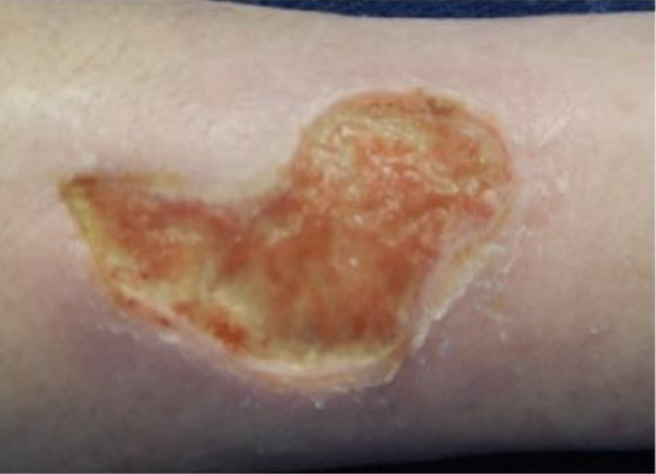Submitted by Jean Archer DPM,FACPM, FACCWS, FASPS, CWS on February 22, 2023
Wounds can be identified as either acute or chronic . This distinction is important to make as each wound type may require different treatment methods. It is important to make this distinction early on in order to accurately guide the wound care and promote successful outcomes.

Acute wounds share the characteristics of progression through the normal healing cascade of Hemostasis, inflammation and proliferation . The healing is generally in a timely manner anywhere from 2-4 weeks. These wounds tend to have small amount of bacterial bioburden, minimal necrotic tissue and cell phenotypes are normal.
Chronic wounds tend to have longer healing times, are prone to infection and have increased exudates secondary to the prolonged inflammatory stage. They also share the characteristics of a larger bacterial bioburden and necrotic tissue.( Bacterial Bioburden is defined as the presence of microorganisms living on a surface).
The fact remains that wound bed preparation model offers us a strategy to heal a wound. There is no one elixir that will heal a chronic wound. We do know to heal a chronic wound you must create the condition of an acute wound. Wound bed preparation is the systematic approach clinicians use to identify and remove barriers to the healing process of the wound. The approach aims to create an optimal wound healing environment by focusing on all critical components, including debridement, bacterial balance, exudate management and taking into consideration patient’s co-existing medical conditions and how this affects their healing potential.






